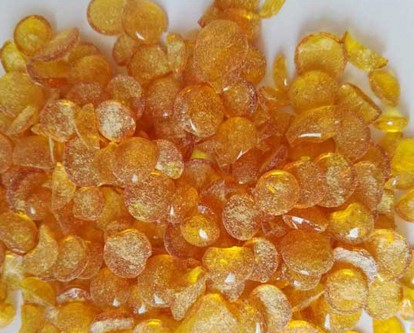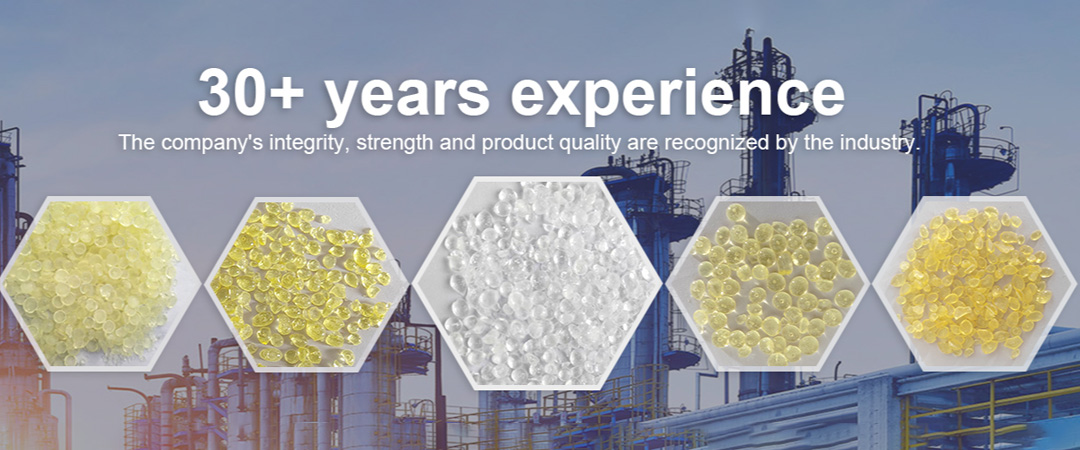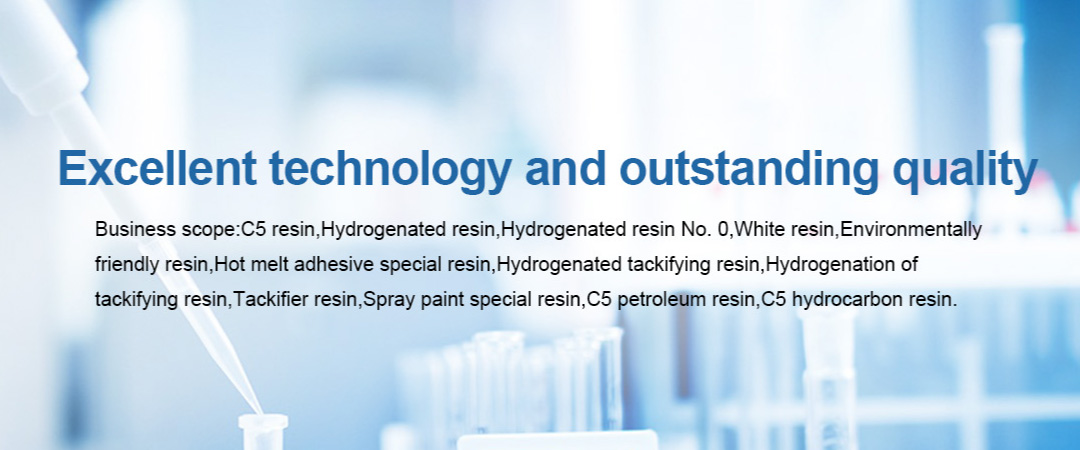High softening point C9 petroleum resin
The excellent miscibility of high softening point C9 petroleum resin is one of its significant characteristics, which enables it to exhibit excellent compatibility and synergistic effects in various material formulations.
In addition, the miscibility of high softening point C9 petroleum resin is also demonstrated by its ability to blend and modify with other types of resins. By blending with other resins, its application fields can be further expanded and product performance can be optimized. For example, blending with epoxy resin, polyurethane resin, etc. can prepare new materials with special properties to meet more diversified market demands.
In summary, the excellent miscibility of high softening point C9 petroleum resin is one of the important reasons for its widespread application in multiple industries. This feature not only improves the performance and stability of the product, but also provides more possibilities and flexibility for material formulation design and process optimization.
Miscibility refers to the ability of two or more substances to dissolve or form a homogeneous mixture under specific conditions. For C9 petroleum resin, the specific functional groups and segments in its molecular structure enable it to form good compatibility with other resins, rubber, plastics, and various organic solvents. This compatibility is not only reflected in the uniformity of physical mixing, but also in the stability of chemical properties.

In addition, the miscibility of high softening point C9 petroleum resin is also demonstrated by its ability to blend and modify with other types of resins. By blending with other resins, its application fields can be further expanded and product performance can be optimized. For example, blending with epoxy resin, polyurethane resin, etc. can prepare new materials with special properties to meet more diversified market demands.
In summary, the excellent miscibility of high softening point C9 petroleum resin is one of the important reasons for its widespread application in multiple industries. This feature not only improves the performance and stability of the product, but also provides more possibilities and flexibility for material formulation design and process optimization.
























































































